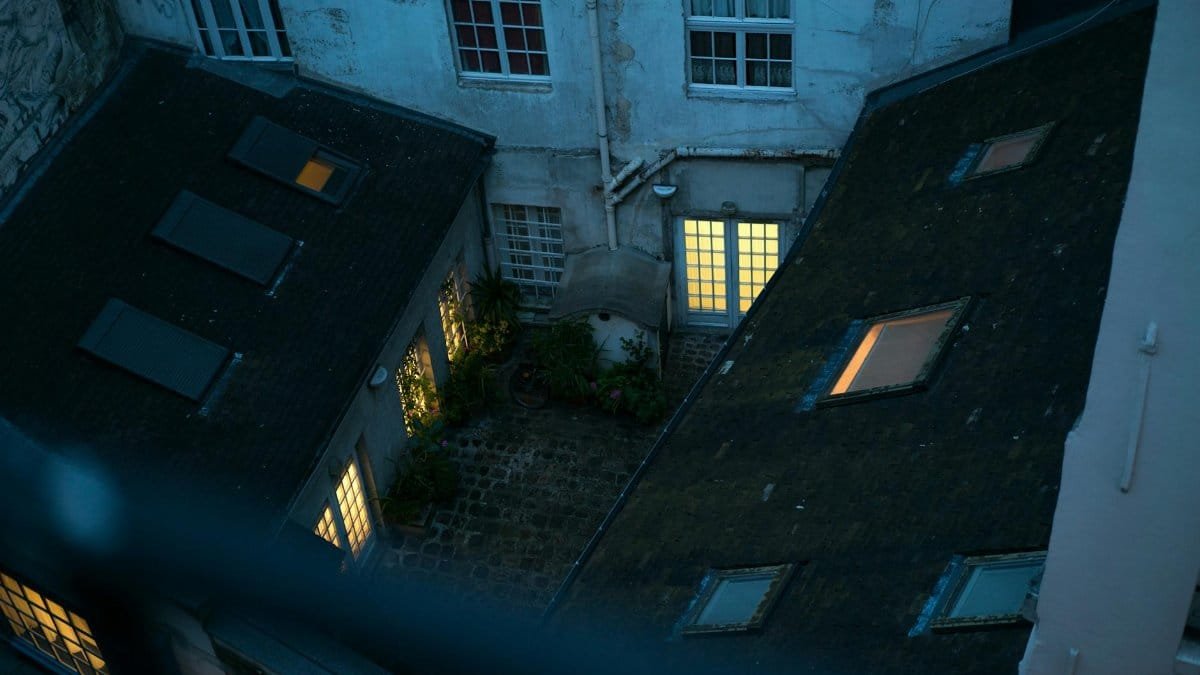Is mind-body healing really the solution everyone claims? This increasingly popular practice, which connects mental and physical well-being through techniques like meditation and breathwork, promises profound personal transformation. Yet, for many embarking on this journey, the initial steps can feel isolating. As you dive into spiritual healing, the solitude often stems from confronting deep emotions or breaking away from old patterns. This article uncovers why mind-body healing can feel lonely at first and how pushing through that discomfort may lead to lasting emotional and spiritual growth.
Confronting Inner Silence

The first stage of mind-body healing often involves turning inward. Practices like mindfulness or guided meditation force you to sit with your thoughts, and that quiet can be unnerving. Without distractions, buried emotions or unresolved pain surface. For many, this feels like facing a stranger within themselves. The absence of external validation during these moments can amplify a sense of loneliness, as there’s no one to share or soften the rawness of self-reflection.
Breaking Old Social Patterns

Spiritual healing through mind-body practices often means reevaluating relationships. As you gain awareness of what serves your growth, you might distance yourself from toxic dynamics or habits. This shift, while empowering, can leave you feeling disconnected from familiar circles. Friends or family may not understand your new priorities, like prioritizing yoga over late-night outings. That gap between your evolving self and others’ expectations can create a temporary but palpable isolation.
Facing Vulnerability Alone

Mind-body healing requires stripping away emotional armor. Whether it’s through somatic therapy or journaling, you’re encouraged to feel deeply—often revisiting past wounds. This vulnerability can be overwhelming without a support system that gets it. Unlike group activities or casual therapy, much of this work happens solo, making the process feel lonely even if the end goal is connection with yourself and others.
Lack of Immediate Results

Unlike a gym workout with visible progress, mind-body healing offers subtle, slow shifts. Early on, you might question if the effort is worth it, especially when meditating for 20 minutes leaves you restless instead of zen. Without quick wins or someone to affirm your path, self-doubt creeps in. According to a study from the National Institutes of Health, consistent mindfulness practices take weeks to show measurable stress reduction, which can test anyone’s patience in solitude.
Finding a New Kind of Community

The loneliness of spiritual healing doesn’t last forever. As you progress, mind-body healing often leads to communities that resonate with your journey. Whether it’s a local meditation group or an online forum, connecting with like-minded individuals can ease the initial isolation. Research from Pew Research Center shows a growing number of Americans are seeking wellness-focused spaces, with participation in mindfulness programs rising steadily. These networks become lifelines, proving you’re not as alone as you thought.
Embracing Solitude as Strength

Over time, the loneliness of mind-body healing transforms into a powerful solitude. Learning to be with yourself—without constant external input—builds resilience. You start to see isolation not as abandonment, but as a space to heal and grow. This shift reframes the early struggles as necessary steps toward emotional and spiritual integration, where being alone no longer feels like a burden but a gift.
